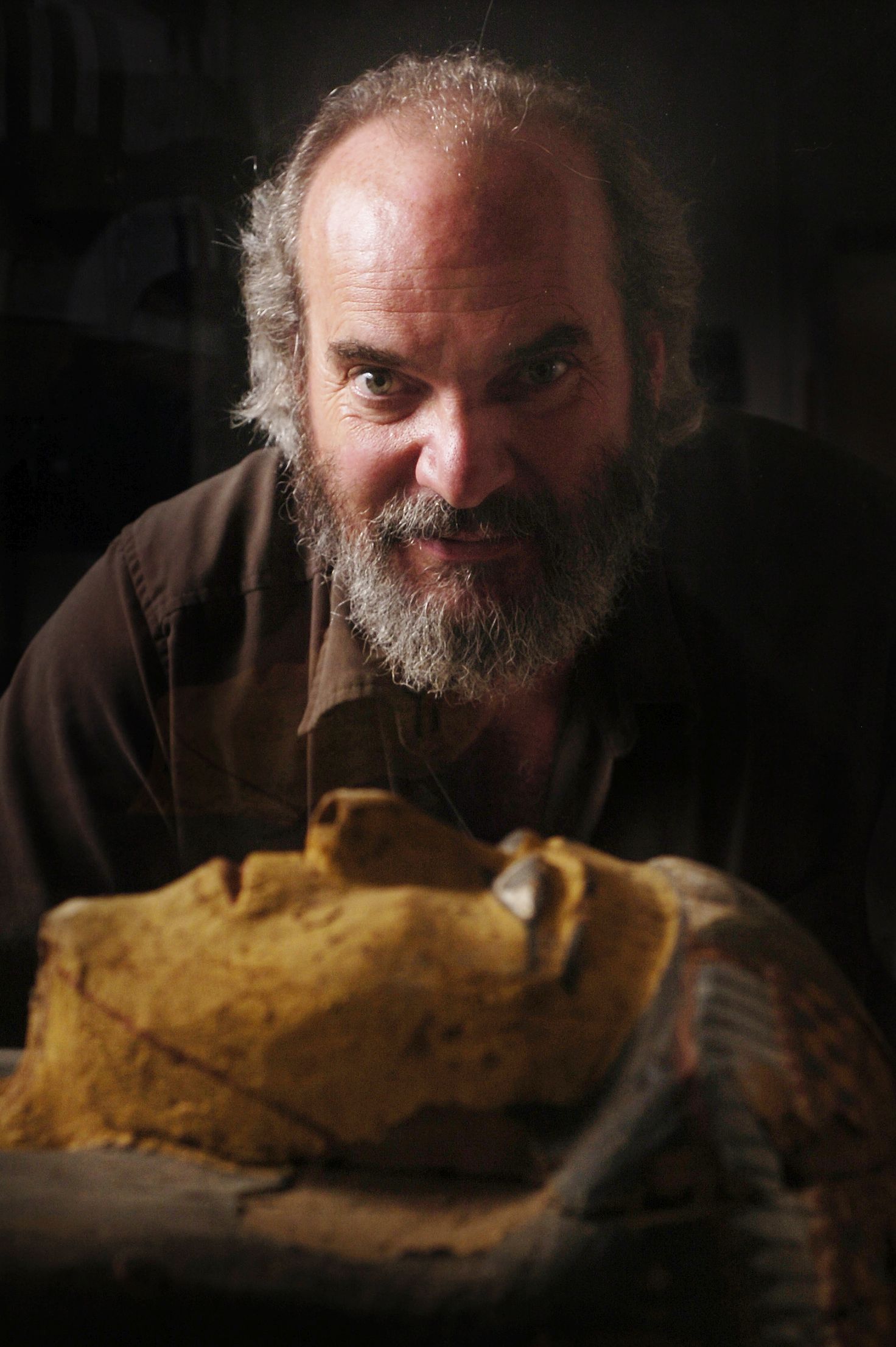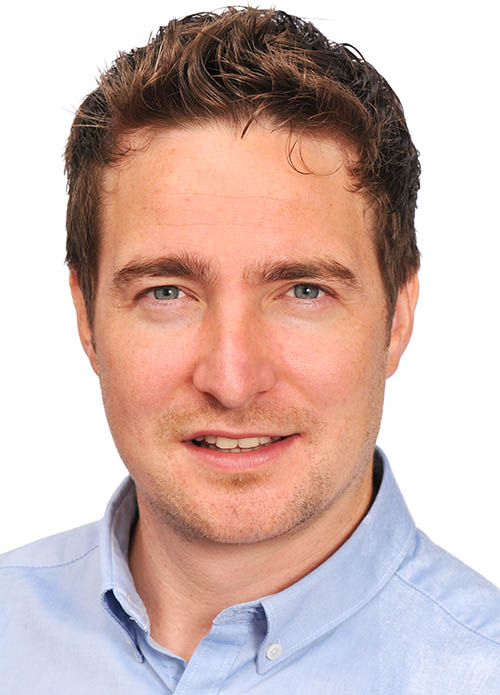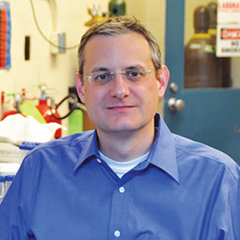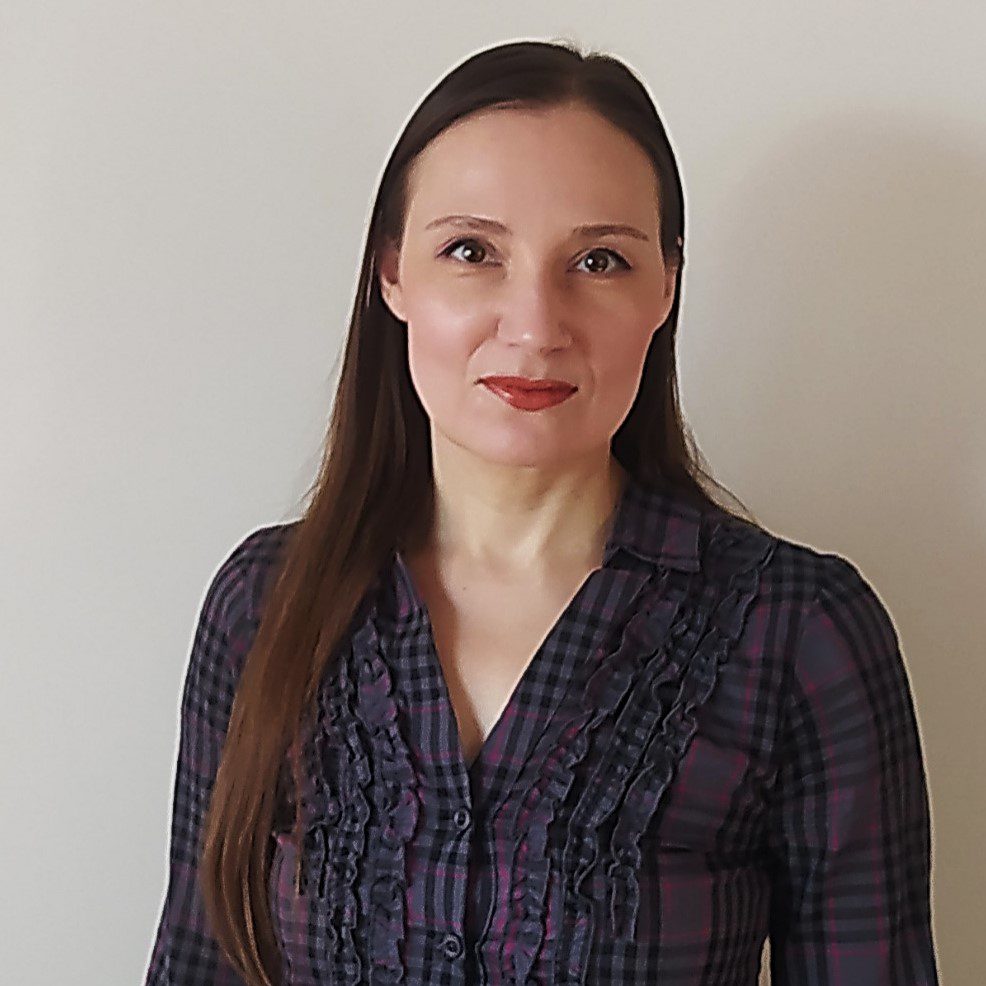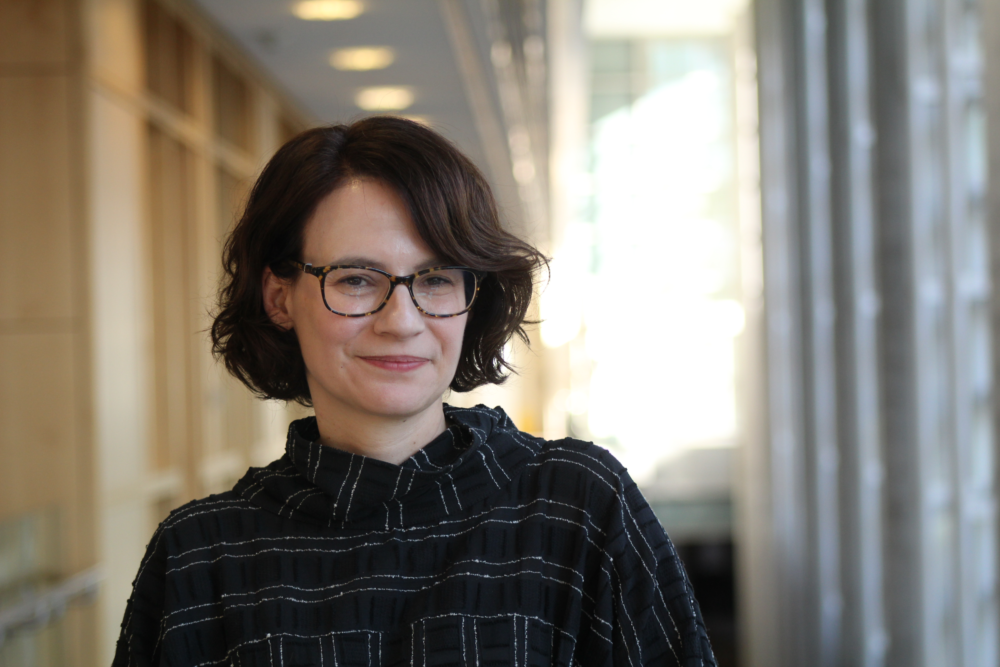
Dr Amy Balanoff, Johns Hopkins University (Paleontology/Evolutionary Biology)
Amy Balanoff is an assistant professor in the Center for Functional Anatomy & Evolution, Johns Hopkins University School of Medicine. She is a research associate in the Division of Paleontology, American Museum of Natural History in New York City and in the Department of Paleobiology, National Museu...
Amy Balanoff is an assistant professor in the Center for Functional Anatomy & Evolution, Johns Hopkins University School of Medicine. She is a research associate in the Division of Paleontology, American Museum of Natural History in New York City and in the Department of Paleobiology, National Museum of Natural History (Smithsonian Institution) in Washington, D.C. Dr. Balanoff received her Ph.D. from Columbia University in New York. Her research focuses on the interplay of behavioral innovation with anatomical structure and function during major evolutionary transitions.

